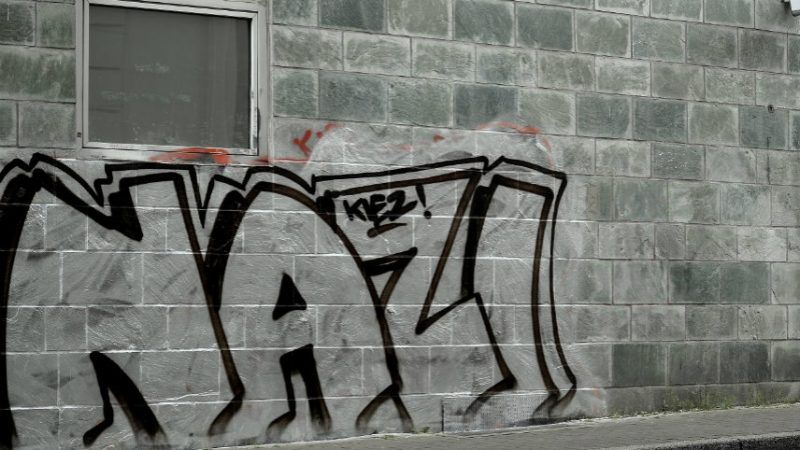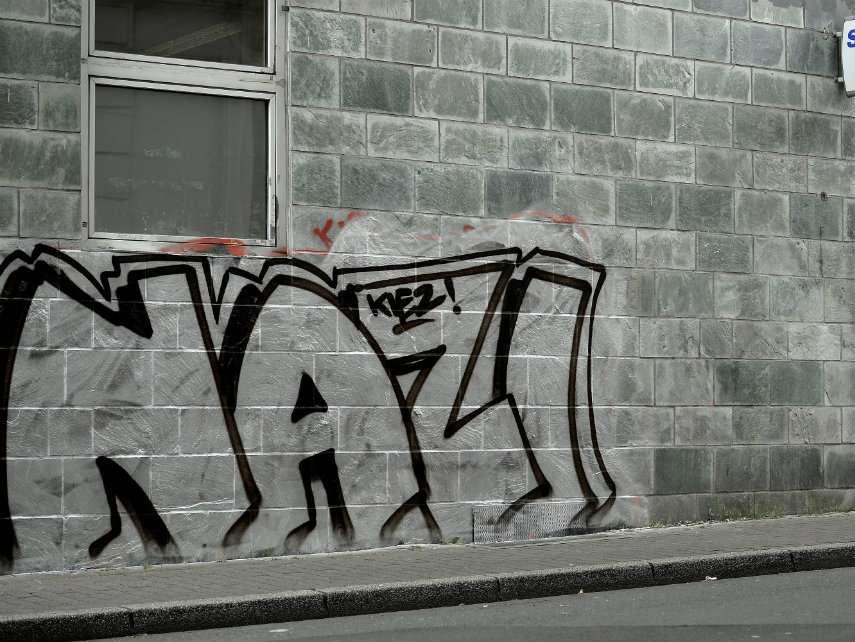No Rise in Hate-Crime Rate Since 2004
"Hate crimes" suspected to be motivated by racial bias have dropped, but those perceived to be motivated by gender bias nearly doubled.


There was no significant rise in American "hate crimes" between 2004 and 2015, according to a new analysis from the U.S. Bureau of Justice Statistics (BJS). But the types of prejudice suspected in such incidents has shifted, with crimes peceived to be motivated by racial bias on the wane but those seen as motivated by gender or gender-identity bias spiking.
Despite the now-popular perception that bias-based violence is getting worse overall, "the rate of violent hate crime victimization" in 2015 "was not significantly different from the rate in 2004," BJS reports. And this absence of a statistically significant change "held true for violent hate crimes both reported and unreported to police."
The Department of Justice (DOJ) defines hate crimes as those "that manifest evidence of prejudice based on race, gender or gender identity, religion, disability, sexual orientation, or ethnicity."
The new BJS analysis report is based on data from the National Crime Victimization Survey (NCVS), which relies on surveying a representative sample of U.S. residents, as well as the FBI's Uniform Crime Reporting (UCR) survey, which includes crime reports from law-enforcement agencies. UCR data relies on the DOJ definition of hate crimes, while the crime-victimization survey includes crimes perceived by victims to be motivated by a bias related to race, gender, etc.
About 41 percent of people who reported hate crimes on NCVS surveys during 2003-15 said they filed a police report about the incident, and about 14 percent of these incidents (14,380) were designated by police to be hate crimes. The remaining 86 percent "were classified as hate crimes in the NCVS because the offender used hate language or left hate symbols at the crime scene," the BJS notes.
In 2015, hate crime made up one percent of total incidents reported in the national crime survey. The most common type of suspected bias was based on race (48 percent)—down from 62 percent in 2007. Crimes perceived to be motivated by gender bias rose from 15 percent in 2007 to 29 percent in 2015.
Thirty-five percent of NVCS hate-crime reports in 2015 were perceived to be motivated by ethnic bias, 29 percent by gender bias, 22 percent sexual-orientation bias, 17 percent religious bias, and 16 percent disability bias. The number one indicator of bias reported was "the offenders' use of hate language," according to BJS, reported by 99 percent of those who say they were victims of hate crimes.
Fewer than 1 in 10 hate crime victims reported that the offender left hate symbols at the scene (5 percent) or that the victimization was confirmed to be a hate crime by police investigators (7 percent).
Overall, about 90 percent of NCVS-reported hate crimes involved violence, and about 29 percent were serious violent crimes (rape or sexual assault, robbery, and aggravated assault). … The majority of hate crimes were simple assaults (62 percent), followed by aggravated assault (18 percent), robbery (8 percent), and theft (7 percent).
NCVS data does not contain info on crimes against businesses, churches, and non-private property. UCR data contains both these crimes and crime against persons and private property that were reported to police. Based on UCR averages, there were 8,370 offenses designated as U.S. hate crimes each year.


Show Comments (52)